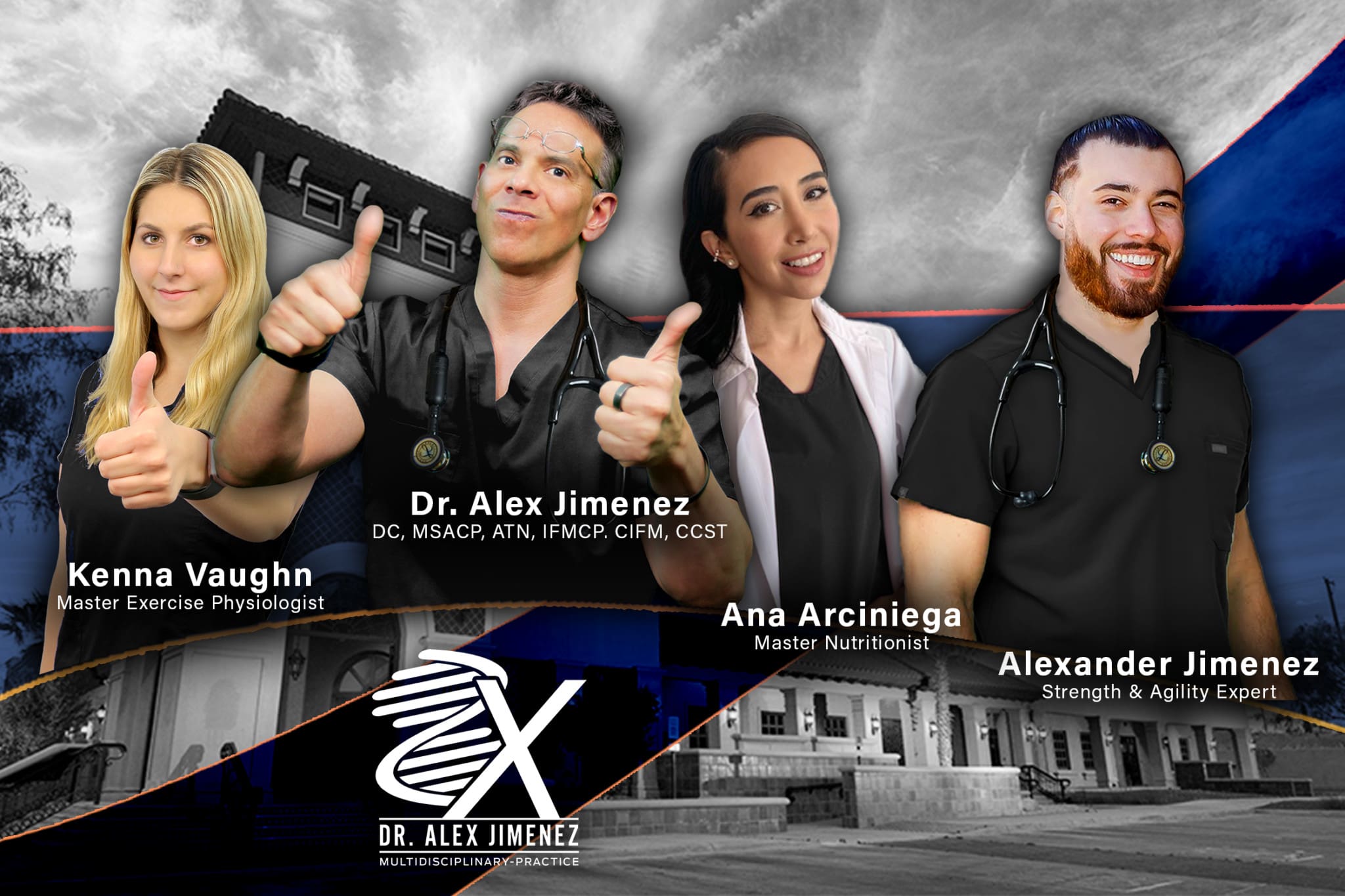Osteoid Osteoma of the Spine: Muscle Spasms, and Pain
Table of Contents
Osteoid Osteoma
Osteoid means a type of tissue that eventually turns to bone. Osteoma means a type of tumor unique to bones. They are small typical size is less than one inch across. These growths represent around ten percent of all benign bone tumors, with one percent representing spinal tumors. They can appear and also affect the bones of the arms, hands, fingers, ankles, or feet. They are discovered on the spine around fifteen percent of the time. Osteoid osteomas of the spine affect the posterior, or back area of the vertebrae rather than the anterior, or front region. However, any area of the spine could be affected. But they are most common in the low back.- 60% affect the lumbar spine lower back
- 27% affect the cervical spine or neck region
- 12% affects the thoracic spine or middle back
Risks
Osteoid osteoma is not cancerous and will not spread out to the various organ systems the way malignant cancer does. It can be discomforting, painful, and could have to be removed. There are some risks associated with osteoid osteomas including:Scoliosis
It could provoke muscle spasms of the erector spinae. These are the muscles that support the spine and could lead to scoliosis. The spine has a natural curvature. Scoliosis generates an S or C shaped curve to the left, right, or both ways affecting function and mobility. This type is more likely to contribute to the left or right curve of the spine affecting the lower back.Incorrect diagnosis
Because osteoid osteoma can cause scoliosis, sometimes a doctor will focus on treating the abnormal curve instead of the osteoma.Nerve root compression
Most individuals do not pose a risk for nerve root compression. But there is a risk if the growth begins to press against the spinal cord, as it can interfere with nerve function. This can lead to spreading/radiating pain and sciatica.Causes
The causes of osteoid osteoma are not completely understood. What is known is that men are three times more likely to be diagnosed than women. Young people also pose a risk at development. It can develop at any age, but around eighty percent are diagnosed in individuals under 30 years of age. The core of an osteoma is a growth called a nidus. Inside are growing tumor cells, blood vessels, along with cells that progress to bone. A bony shell encapsulates the whole thing.Signs and Symptoms
Osteoid osteomas usually cause a dull ache at the site of the tumor along with muscle spasms. The pain often gets worse at night. It can be relieved with non-steroidal anti-inflammatory medications like ibuprofen and aspirin. The pain can also be sharp, and occur during the day, worsening with activity and sometimes progressing to severe pain over time. In some cases, however, there are no symptoms.Diagnosis
Doctors usually notice painful or swollen soft tissue around the tumor during a physical examination. There could be a lump, but this is rare. Imaging tests like an X-ray or a CT scan will be ordered. An x-ray can show the bone thickening, but a CT scan will show the nidus clearly as a dark center surrounded by white cortical bone. Sometimes a CT and MRI imaging scan is used in conjunction to diagnose osteoid osteomas. In some cases, a biopsy could be needed. This is taking a tissue sample and sending it to a lab to be examined under a microscope. However, this is rarely needed.Treatment
Nonsurgical
Non-steroidal anti-inflammatory medications can be effective relieving symptoms. If it can be controlled with just medication, then this could be the only treatment necessary. Some patients do well trying a different painkiller if the preferred medication no longer works. This needs to be discussed with your doctor, as chronic medication use is associated with issues like ulcers, kidney damage, and concerns about opioid addiction. When this approach is taken, the pain lasts for about three years with the lesion breaking down in five to seven years.Surgical
If the pain cannot be controlled or the osteoma develops to scoliosis, surgery could be the next step. Most spinal osteomas are surgically removed with open curettage. It is a small incision. The nidus is scooped/scraped out and the cavity walls are removed with a motorized burr. Often a small amount of bone graft material is used to fill in the area. Unfortunately, surgical resection means having to stay at the hospital. Recovery time can be painful.Radiofrequency ablation
For osteomas that affect the bones other than the spine, radiofrequency ablation. It is a minimally invasive outpatient procedure with a short recovery time. During the procedure, radiofrequency waves generate heat within the nidus around six minutes destroying the tumor. Surgeons use CT scans to precisely target the tumor. The procedure takes one to two hours and afterward, the patient waits in a recovery room for up to four hours. However, radiofrequency ablation is not as commonly used to treat spinal osteomas. This comes from the risk of thermal nerve damage. The needle tip can reach 194 degrees Fahrenheit, which is more than enough to damage the nerves. Candidates for radiofrequency ablation are usually young patients with no history of neurological problems. Osteoid osteoma is not as scary as it sounds, remember the best defense is a knowledgeable doctor and chiropractor. If back pain is presenting, do not wait to get treatment. There is a spine specialist who can help.Chronic Pain Chiropractic Care
Dr. Alex Jimenez’s Blog Post Disclaimer
The scope of our information is limited to chiropractic, musculoskeletal, physical medicines, wellness, and sensitive health issues and/or functional medicine articles, topics, and discussions. We use functional health & wellness protocols to treat and support care for injuries or disorders of the musculoskeletal system. Our posts, topics, subjects, and insights cover clinical matters, issues, and topics that relate and support directly or indirectly our clinical scope of practice.* Our office has made a reasonable attempt to provide supportive citations and has identified the relevant research study or studies supporting our posts. We also make copies of supporting research studies available to the board and or the public upon request. We understand that we cover matters that require an additional explanation as to how it may assist in a particular care plan or treatment protocol; therefore, to further discuss the subject matter above, please feel free to ask Dr. Alex Jimenez or contact us at 915-850-0900. The provider(s) Licensed in Texas& New Mexico*Post Disclaimer *
Professional Scope of Practice *
The information herein on "Osteoid Osteoma of the Spine: Muscle Spasms, and Pain" is not intended to replace a one-on-one relationship with a qualified health care professional or licensed physician and is not medical advice. We encourage you to make healthcare decisions based on your research and partnership with a qualified healthcare professional.
Blog Information & Scope Discussions
Welcome to El Paso's Premier Wellness and Injury Care Clinic & wellness blog, where Dr. Alex Jimenez, DC, FNP-C, a board-certified Family Practice Nurse Practitioner (FNP-C) and Chiropractor (DC), presents insights on how our team is dedicated to holistic healing and personalized care. Our practice aligns with evidence-based treatment protocols inspired by integrative medicine principles, similar to those found on dralexjimenez.com, focusing on restoring health naturally for patients of all ages.
Our areas of chiropractic practice include Wellness & Nutrition, Chronic Pain, Personal Injury, Auto Accident Care, Work Injuries, Back Injury, Low Back Pain, Neck Pain, Migraine Headaches, Sports Injuries, Severe Sciatica, Scoliosis, Complex Herniated Discs, Fibromyalgia, Chronic Pain, Complex Injuries, Stress Management, Functional Medicine Treatments, and in-scope care protocols.
Our information scope is limited to chiropractic, musculoskeletal, physical medicine, wellness, contributing etiological viscerosomatic disturbances within clinical presentations, associated somato-visceral reflex clinical dynamics, subluxation complexes, sensitive health issues, and functional medicine articles, topics, and discussions.
We provide and present clinical collaboration with specialists from various disciplines. Each specialist is governed by their professional scope of practice and their jurisdiction of licensure. We use functional health & wellness protocols to treat and support care for the injuries or disorders of the musculoskeletal system.
Our videos, posts, topics, subjects, and insights cover clinical matters, issues, and topics that relate to and directly or indirectly support our clinical scope of practice.*
Our office has reasonably attempted to provide supportive citations and has identified the relevant research studies or studies supporting our posts. We provide copies of supporting research studies available to regulatory boards and the public upon request.
We understand that we cover matters that require an additional explanation of how they may assist in a particular care plan or treatment protocol; therefore, to discuss the subject matter above further, please feel free to ask Dr. Alex Jimenez, DC, APRN, FNP-BC, or contact us at 915-850-0900.
We are here to help you and your family.
Blessings
Dr. Alex Jimenez DC, MSACP, APRN, FNP-BC*, CCST, IFMCP, CFMP, ATN
email: coach@elpasofunctionalmedicine.com
Licensed as a Doctor of Chiropractic (DC) in Texas & New Mexico*
Texas DC License # TX5807
New Mexico DC License # NM-DC2182
Licensed as a Registered Nurse (RN*) in Texas & Multistate
Texas RN License # 1191402
ANCC FNP-BC: Board Certified Nurse Practitioner*
Compact Status: Multi-State License: Authorized to Practice in 40 States*
Graduate with Honors: ICHS: MSN-FNP (Family Nurse Practitioner Program)
Degree Granted. Master's in Family Practice MSN Diploma (Cum Laude)
Dr. Alex Jimenez, DC, APRN, FNP-BC*, CFMP, IFMCP, ATN, CCST
My Digital Business Card




